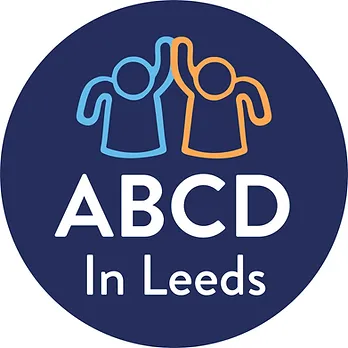Understanding the Principles of Asset Based Community Development (ABCD) in Public Health
Asset-Based Community Development (ABCD) is a strengths-based approach to community development that has been applied in various fields, including public health. ABCD emphasises the existing assets and resources within a community and seeks to mobilize and leverage these assets to improve community health and well-being. Here are some key principles of ABCD in the context of public health:

- Asset-Based Focus: ABCD starts by identifying and recognising the strengths and assets present in a community. These assets can include the skills, talents, knowledge, social networks, physical infrastructure, and cultural resources within the community.
- Community Empowerment: ABCD emphasizes the importance of empowering community members to take control of their own health and well-being. It encourages active participation and engagement from the community in identifying and addressing health issues.
- Relationships and Social Capital: Building and strengthening social connections within the community are central to ABCD. Trust and cooperation among community members are seen as valuable resources that can be harnessed to address public health challenges.
- Local Solutions: ABCD recognizes that solutions to public health issues are not one-size-fits-all. Instead, it encourages the development of locally tailored strategies and interventions that draw on the unique strengths and assets of the community.
- Collaboration and Partnerships: ABCD promotes collaboration among various stakeholders, including community members, local organizations, public health agencies, and other service providers. These partnerships can help maximize the impact of interventions and resources.
- Asset Mapping: Asset mapping is a key tool in ABCD. It involves identifying and documenting the assets within a community, such as community leaders, organizations, skills, and resources. This process helps create a clear picture of what is available to address public health challenges.
- Capacity Building: ABCD aims to build the capacity of individuals and organizations within the community to address public health issues. This may involve training, skill development, and leadership development programs.
- Asset Mobilisation: Once assets are identified, ABCD seeks to mobilize and activate them to address public health concerns. For example, a community may use its network of volunteers to promote healthy behaviors or leverage local resources to improve access to healthcare services.
- Strengths-Based Language: ABCD encourages the use of positive and strengths-based language when discussing community issues. This can help shift the narrative from a focus on deficits and problems to a focus on assets and solutions.
- Long-Term Sustainability: ABCD aims to create sustainable change by building on the inherent strengths of the community. Rather than relying solely on external resources, it seeks to develop lasting solutions that can be maintained by the community itself.
Overall, ABCD in public health recognises that communities possess significant resources and capabilities that can be harnessed to improve health outcomes. By fostering community engagement, building on local strengths, and promoting collaboration, ABCD offers a holistic approach to addressing public health challenges in a way that is empowering and sustainable.